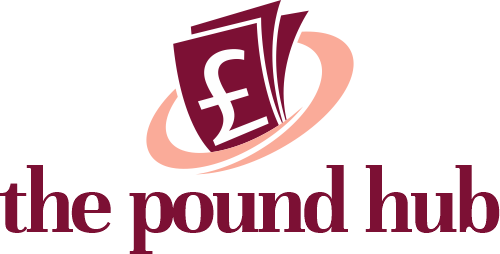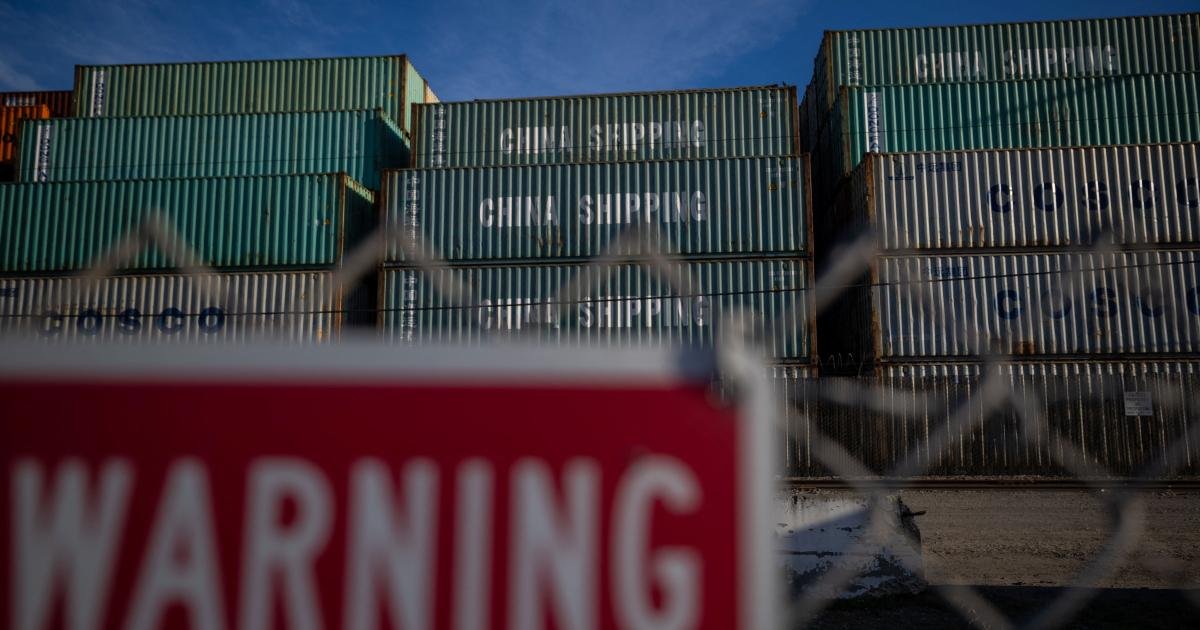Unlock the Editor’s Digest for free
Roula Khalaf, Editor of the FT, selects her favourite stories in this weekly newsletter.
Hong Kong’s de facto central bank has intervened again in foreign exchange markets to defend the city’s currency peg, in a move that threatens one of the world’s most attractive carry trades.
The Hong Kong Monetary Authority said it used HK$9.4bn ($1.2bn) of its reserves to buy Hong Kong dollars on the open market. It acted after the local currency dropped past HK$7.85 per US dollar, the weak end of the band within which it is allowed to trade.
The move will drain liquidity from the banking system and pushed up interbank lending rates on Thursday, potentially threatening a carry trade that has allowed investors to borrow cheaply in the city’s currency before investing in higher-yielding US debt securities.
“We’re seeing the first step of normalisation of interest rate differentials,” said Kelvin Lau, senior economist for greater China and Asia at Standard Chartered.

This is the second intervention in as many months. In early May, the Hong Kong dollar appreciated, forcing the HKMA to sell Hong Kong dollars on the open market and flooding the city’s banking system with cash that pulled overnight rates close to zero.
On Thursday, the city’s overnight lending rate rose to 0.0375 per cent, its highest level since mid-May.
Analysts said although the intervention would push up lending rates in the city, it would not necessarily end the carry trade.
“You’ve still got a decent carry between the two [currencies],” said Mitul Kotecha, head of foreign exchange and emerging markets macro strategy at Barclays. “The risks around that are quite limited given the band.”
“As long as carry trade remains an attractive proposition in the short term, that means that HK$7.85 will continue being intermittently tested,” said Lau.
A string of initial public offerings in the city and record investment inflows from mainland China have increased liquidity in the city’s banking system and raised demand for Hong Kong dollars, which analysts said could help keep the Hong Kong interbank offered rate (Hibor) low.
“What took people by surprise was how long this process took,” said Jason Lui, head of Asia-Pacific equity and derivative strategy at BNP Paribas. “I think this is probably a reflection that there is still a lot of money coming to Hong Kong. The carry trade itself is not enough to push the Hong Kong dollar to the weak band.”
“We don’t think [Hibor] is going to go back to the previous high,” said Wee Khoon Chong, a senior strategist at BNY. “We don’t think the intervention will be as persistent as the capital inflows.”
“The loan-to-deposit ratio is still very low. There’s nowhere for the money to go,” added Raymond Yeung, chief economist for greater China at ANZ. “My bias is still having low Hibor.”
Data visualisation by Haohsiang Ko








